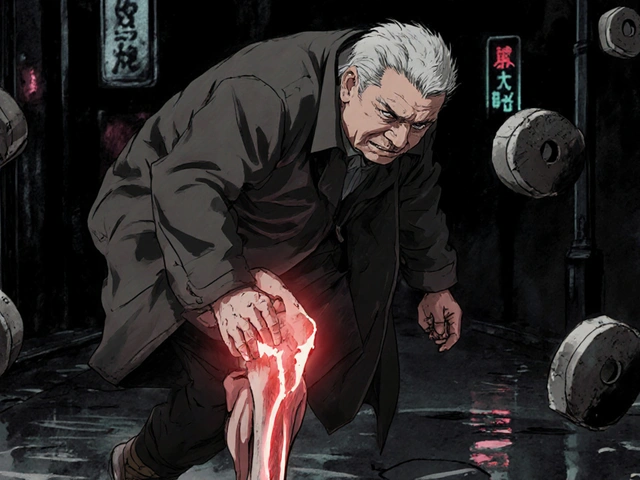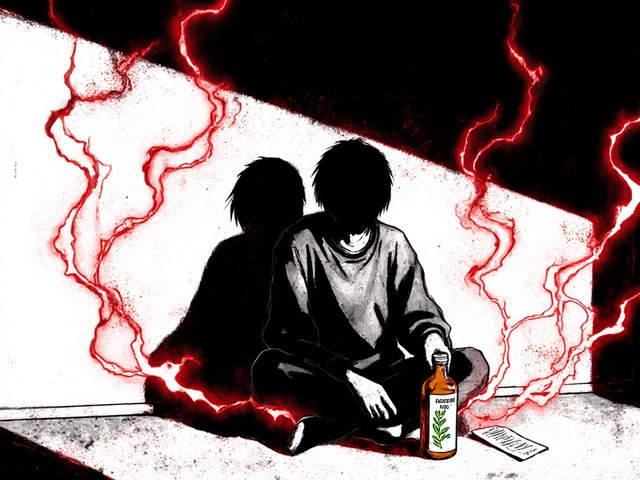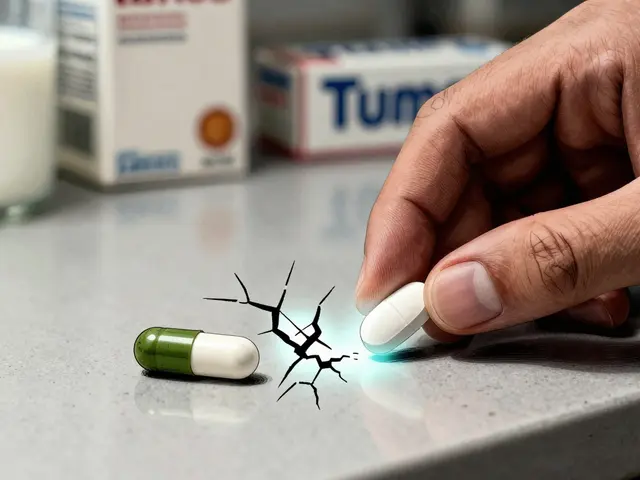DHT Blockers: What They Are and Why You Might Need One
If you’ve noticed thinning strands or a receding hairline, chances are you’ve heard of DHT. It’s short for dihydrotestosterone – a hormone that can shrink hair follicles and speed up loss. A DHT blocker is anything that slows down the conversion of testosterone into DHT, giving your scalp a chance to stay full.
Most people start looking at blockers when they see early signs of androgenic alopecia (male or female pattern baldness). But the benefits don’t stop at hair. Lowering DHT can also ease prostate issues and, for some, improve acne. The key is finding a product that fits your needs without causing more problems.
Prescription Powerhouses: Finasteride & Dutasteride
The two most common pills are finasteride (Propecia) and dutasteride (Avodart). Both work by inhibiting the enzyme 5‑α‑reductase, which turns testosterone into DHT. Finasteride blocks about 70 % of that conversion, while dutasteride can hit over 90 %. They’re taken once daily, usually at low doses for hair loss (1 mg) and higher doses for prostate care.
Side effects are rare but worth noting: decreased libido, mild erectile issues, or a brief mood dip. Most users feel fine after the first few weeks. If anything feels off, talk to your doctor – they can adjust the dose or suggest an alternative.
Natural DHT Blockers You Can Try at Home
If you prefer a plant‑based route, there are several herbs and nutrients that show promise. Saw saw grass contains compounds that mildly inhibit 5‑α‑reductase. Pumpkin seed oil is rich in zinc, which helps balance hormone levels. Green tea’s catechins also have a modest blocking effect.
For everyday use, add these to your routine: drink two cups of green tea daily, sprinkle pumpkin seeds on salads, or take a standardized saw‑grass extract capsule (follow the label dosage). Consistency matters – natural blockers work slower than prescription pills, but many users see less shedding after three months.
Another easy option is topical minoxidil combined with a DHT‑blocking shampoo. Look for shampoos that list ketoconazole or caffeine; they can reduce scalp DHT while keeping the hair shaft healthy.
Remember, lifestyle plays a part too. High sugar intake and chronic stress raise overall testosterone, which can lead to more DHT. Cutting back on sugary drinks, getting regular exercise, and managing stress with short walks or breathing exercises often boost results.
Before you start any regimen, check with a healthcare professional – especially if you’re already on medication or have hormone‑sensitive conditions. A quick blood test can confirm your baseline hormone levels and help track progress.
Bottom line: DHT blockers come in many shapes, from a single daily pill to a handful of natural foods. Pick what fits your comfort level, watch for side effects, and give it time. Most people see noticeable hair retention within 3‑6 months if they stay consistent. Your scalp will thank you – and so might your overall hormone balance.
Exploring the Best Alternatives to Propecia for Hair Loss in 2024
In 2024, hair loss sufferers have a variety of alternatives to choose from beyond Propecia. This article delves into options such as Minoxidil, Low-Level Laser Therapy, and more. Each alternative is described in detail, addressing how they work, their pros and cons, and what users can expect in terms of results. Readers will gain insights into both medical and natural treatments to make informed decisions.
About
Medications
Latest Posts


St. John’s Wort and SSRIs: The Hidden Danger of Serotonin Syndrome
By Orion Kingsworth Nov 3, 2025

OpenFDA API vs FAERS: How to Pull Side‑Effect Reports and Detect Signals
By Orion Kingsworth Oct 26, 2025

Lymphoma in the Aging Population: Key Challenges & Practical Considerations
By Orion Kingsworth Sep 22, 2025

